| Structure | Name/CAS No. | Articles |
|---|---|---|
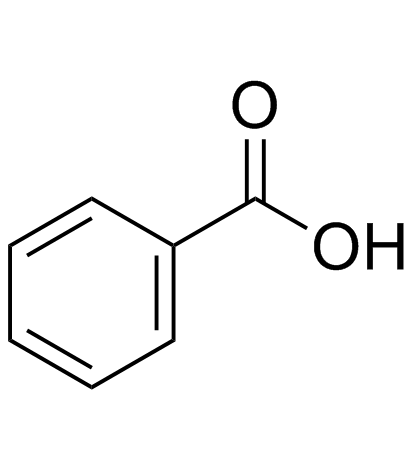 |
benzoic acid
CAS:65-85-0 |
|
 |
Dimethyl sulfoxide
CAS:67-68-5 |
|
 |
chromium
CAS:7440-47-3 |
|
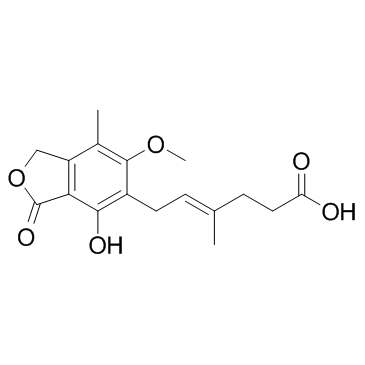 |
Mycophenolic acid
CAS:24280-93-1 |
|
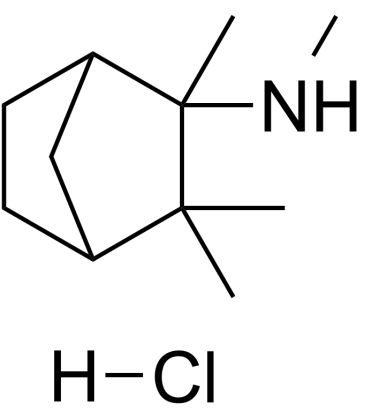 |
UNII:4956DJR58O
CAS:826-39-1 |
|
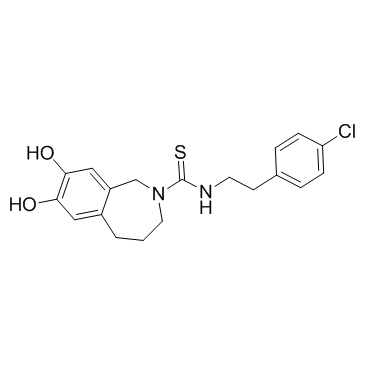 |
Capsazepine
CAS:138977-28-3 |
|
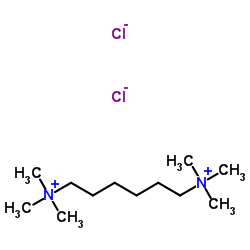 |
a,w-bis(trimethylammonium)hexane dichloride
CAS:60-25-3 |
|
 |
8-Octanoyloxypyrene-1,3,6-trisulfonic acid trisodium salt
CAS:115787-84-3 |